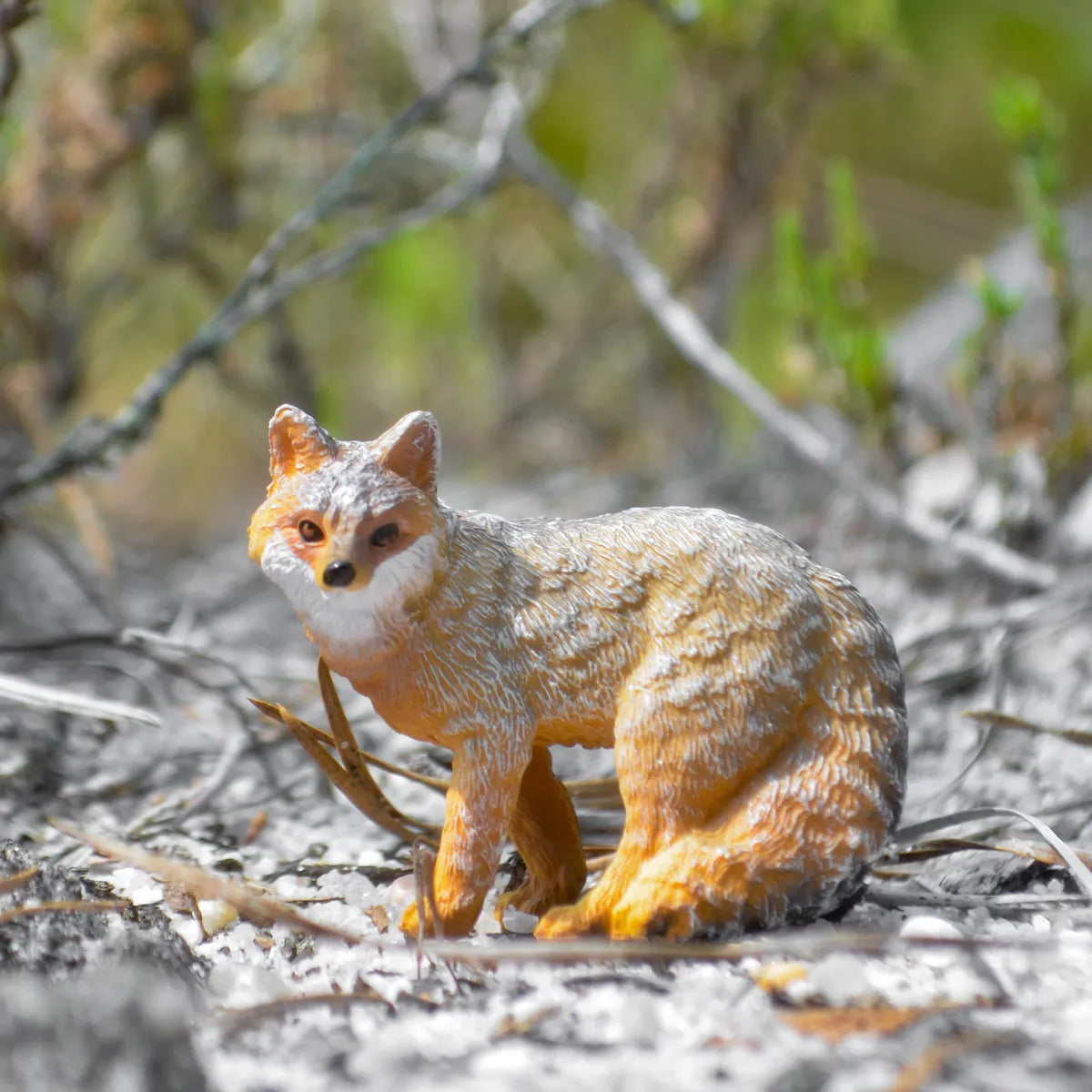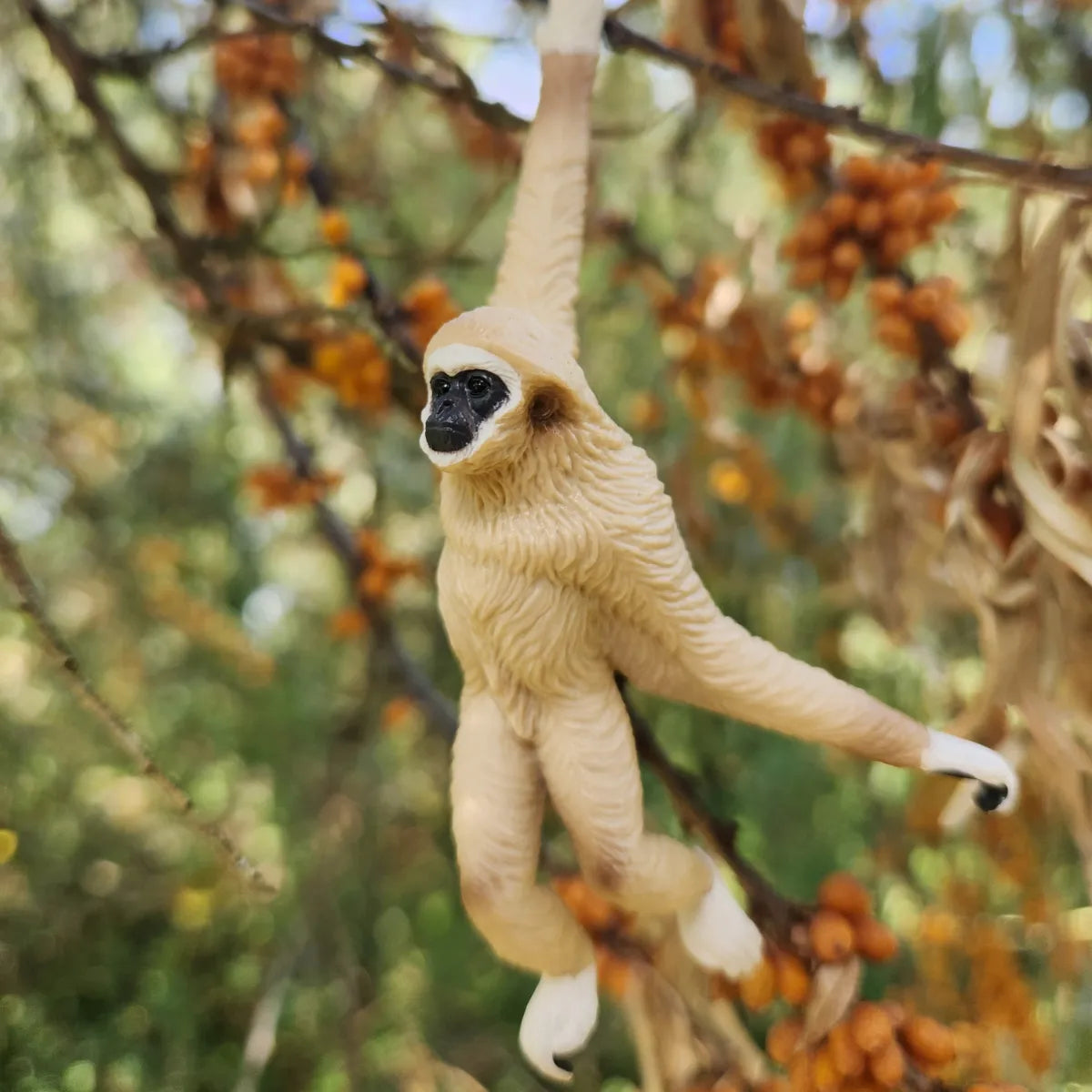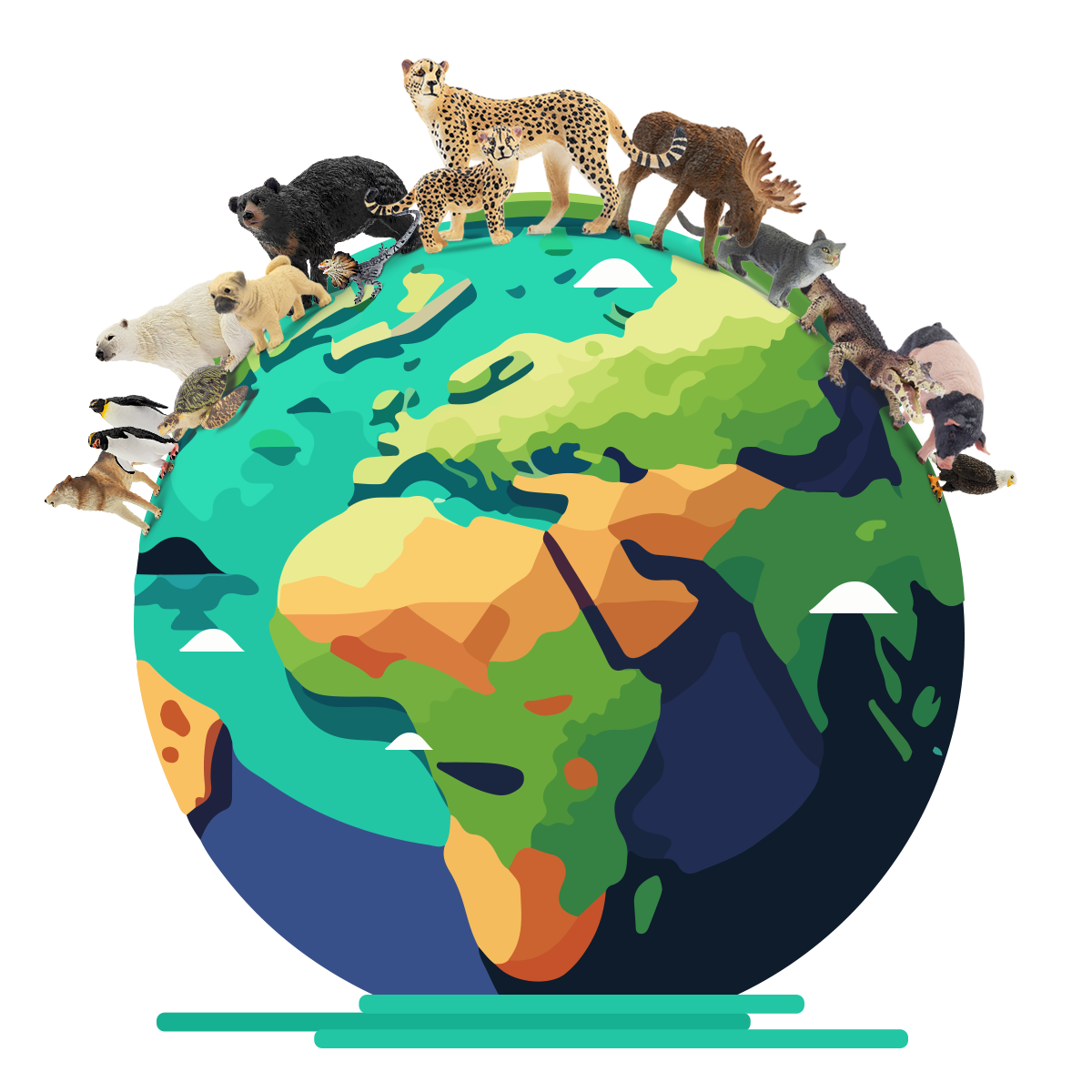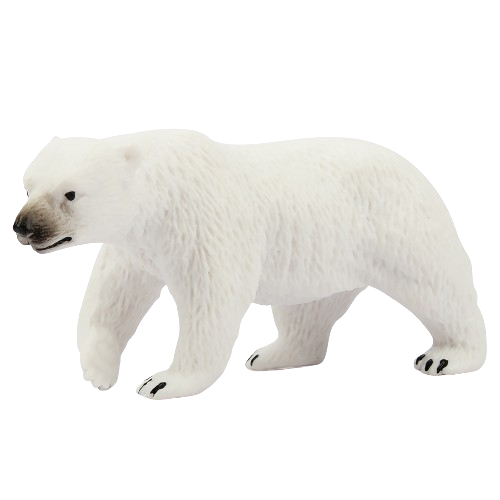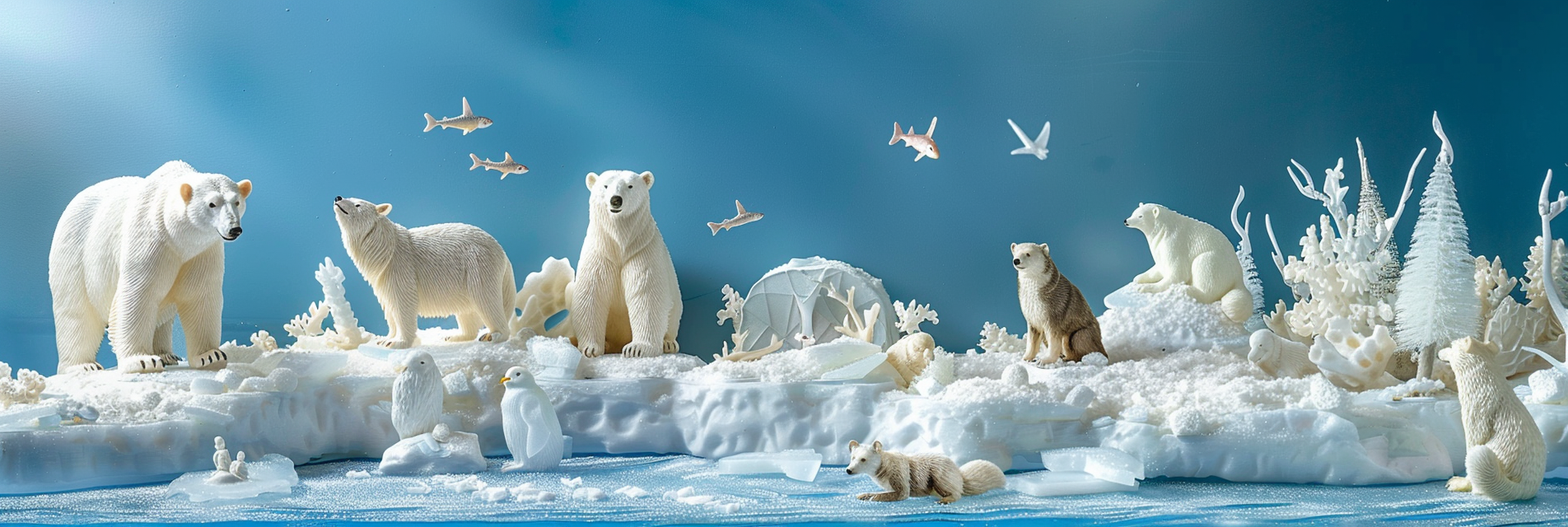
Polar Bear
The largest land carnivore, polar bears are top predators in the Arctic, depending on sea ice to hunt seals.
Scientific Name
Ursus maritimus
Behavior
Polar bears are solitary animals, except for females with cubs or brief periods during mating season. They are primarily seal hunters, relying on sea ice as a platform from which to hunt seals by waiting at seal breathing holes or breaking into their dens. Polar bears are excellent swimmers, capable of covering several miles in search of food, and have been observed swimming hundreds of kilometers from land.
Breeding
Polar bears mate on the ice in late winter and early spring. Females undergo delayed implantation, with the fertilized egg not beginning development until months later, ensuring that the birth coincides with the peak seal hunting season. In the fall, pregnant females enter maternity dens made in snow drifts, where they give birth to typically one or two cubs during the winter months. Cubs remain with their mothers for over two years, during which they learn the essential skills for survival in the Arctic.
Characteristics
Polar bears have several adaptations that make them suited to life in cold climates. Their thick fur, which appears white but is actually translucent, provides camouflage against the ice and snow, while their black skin absorbs heat from the sun. A layer of fat up to 11 cm (4.3 inches) thick offers insulation and energy reserves. Polar bears have large, paddle-like paws that aid in swimming, and their sense of smell is extraordinarily acute, allowing them to detect seals nearly a kilometer away and beneath several feet of compacted snow.
History
Polar bears are believed to have diverged from brown bears (Ursus arctos) around 150,000 to 600,000 years ago. Genetic studies suggest that the separation was likely driven by a population of brown bears becoming isolated during a period of glaciation and subsequently adapting to the Arctic's icy environment.
Current Status
Polar bears are classified as Vulnerable by the International Union for Conservation of Nature (IUCN) due to the ongoing loss of their sea ice habitat resulting from climate change. As the Arctic warms, sea ice is forming later and melting earlier, reducing the time polar bears have to hunt for food. This has led to decreases in body condition, survival rates, and population sizes in some areas.


